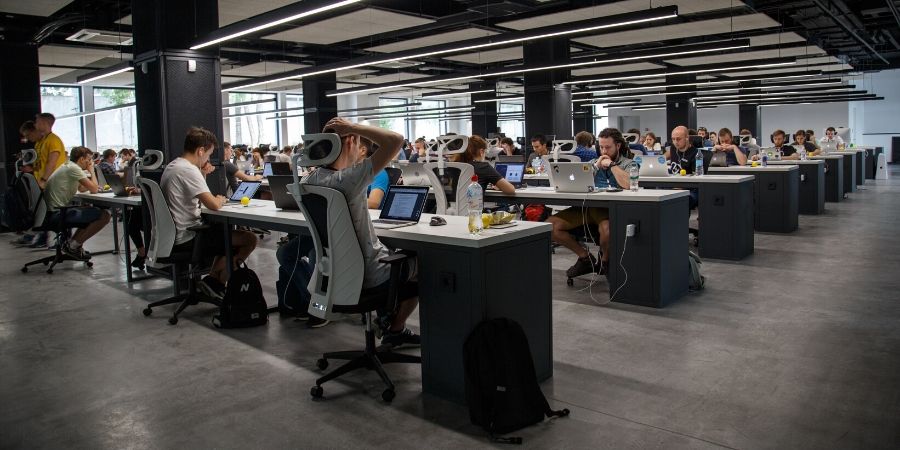Hygiene at Office workplaces

Workers of all ages value a working environment that is aesthetically pleasing, clean and cozy to sit and stand in. A substantial part of their day (almost 10-12 hours) is dedicated to working in offices – so revisiting aspects that contribute to their well-being becomes necessary. Because their comfort and ‘feel good’ sense influences the mood for the day, eventually translates into higher quality of work.
As more and more people start working in office workspaces, there are factors that hold much weight now – comfort, health and hygiene. All are interlinked, and are basic to any working area, apart from the workplace culture.
Routine unhygienic conduct
An unkept office workspace that seems harmless is a breeding ground for bacteria and germs. Bathrooms, door handles, eating spaces, carpets, and work desks – all are potential germ spots since there is a frequent encounter of individuals.
Hot-desking has increased in the past few years, and this exposes to the risk of getting infected. You sit on the desk of a coworker, under the illusion that mere sitting and operating would do no harm, but are unaware of the following –
Some might emphasize on the importance of washing hands when needed; some might not. Some clean their desks regularly; some do not. Some use handkerchiefs in cold and cough, some do not. Such habits infect the person in contact, spreading bacteria and viruses.
All of the above increase the chances of cross-contamination amongst the employees. Hygiene, hence becomes a necessity. Germs quickly spread from one to the next, be it stomach-churning bacteria like Salmonella, E.coli or viruses like flu, norovirus and cold. Microorganisms do not multiply on the chair or desks without help – every person in-house is responsible for the transfer.
Improper cleaning practices
If employers opt for carpets and upholstery in offices but are unable to keep in pace with cleaning practices, they expose their employees to dust and allergies. Over-the-time, they collect dust and grime and if allowed to float in air, cause allergic symptoms and reactions. They allow allergens to thrive, further contributing to chronic illnesses.
Less ventilation circulates the stale air within, for the whole day. Areas where excessive and constant moisture is present (kitchen and bathrooms, leaking pipes or roofs) cause mold to grow. Its prevalence leads to coughing, sneezing, chronic pneumonia, itching, skin rashes and even headaches.
Maintaining hygiene in the workplace
A solid workplace hygiene policy is primary as it ensures that employees maintain a clean workplace. The intentions must be well-communicated so that hygiene is taken seriously. Other simple measures include:
- Make sure that you work in a clutter-free workspace
- Ensure regular cleaning of laptops/computers and all other frequently used gadgets
- Eat and drink only in the designated areas – even if you munch on snacks while working, make certain that your desk is cleaned right away
- Minimize paperwork if possible, as it can reduce dust accumulation
- Provision of toiletries help maintain a clean workplace
- Follow kitchen hygiene rules
- Inform coworkers about the best sanitation practices and encourage hygiene discipline
- If possible, emphasize on health checks once in a year
Taking time and efforts to get rid of the office contaminants also serve well in the long run – absenteeism decreases and morale and productivity improves.



This insightful article delves into the crucial aspects of workplace hygiene, offering valuable insights and practical tips that are especially relevant in today’s health-conscious environment.